Audio presentation of Bhagavan’s Handwritings
Audio presentation of Bhagavan Ramana Maharshi’s Handwritings
(Tamil, Telugu, Malayalam, and Sanskrit)
In the year 1896, while studying in Madurai, a 16-year-old boy, Venkataraman, who was later known as Bhagavan Ramana Maharshi, had a fear of death, and that led him to a deep self-enquiry, ‘Who Am I’ that died! This introspection made him consciously realize the natural, cosmic consciousness and ‘beyond’, that survive even the physical end. From then on, he had constant self-attention. Later in Tiruvannamalai, with this self-attention, he was able to freely converse with everyone, including birds and animals.
When Ramanasramam started at the southern foot of the Hill Arunachala in 1923, the composition of Maharshi’s life history and preservation of His works and writings were also started. B.V. Narasimha Swami, a devotee and lawyer by profession, traveled to the places connected with the life of Ramana Maharshi, procured signed documents from the related persons, and then compiled and published the first edition of Bhagavan Ramana’s life and teachings in 1931. Munagala Venkataramaiah, Devaraja Mudaliar, and Suri Nagamma have made date-wise recordings of the Maharshi’s replies to the questions put by devotees and related incidents. They have been collected and published as books titled ‘Talks’, ‘Day by Day', and ‘Letters’. Apart from this, many devotees have written about their experiences with Bhagavan, and they are also published in various titles and languages.
Apart from the recordings by others, Bhagavan Himself, as occasion demanded, would give out some subjects in writing, prose, or poems in Tamil, Telugu, Malayalam, or Sanskrit. The collection of his handwriting exceeds 5000 pages, and they are preserved in the Archives of Ramanasramam. In childhood, Bhagavan earned the pet name ‘Tangakkai'—'The''Golden Hand, and so, from the vast collection of His golden handwriting, some selections in the above four languages have been published as ‘Tangakkai’ in Tamil, ‘Swarna Hasta’ in Telugu and Malayalam, and ‘Hiranyabahu’ in Sanskrit with synopsis in the respective languages and also in English. The above four publications in visual form are presented on YouTube by Ramanasramam - Click Here, and the entire content in audio form is uploaded here.

